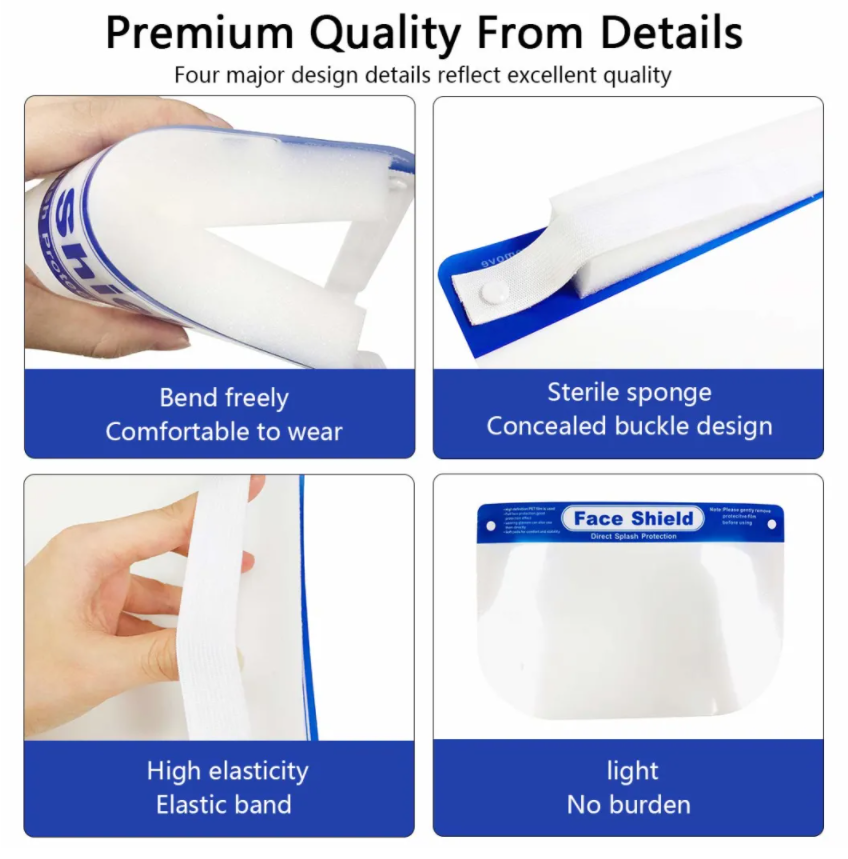rotary hammer vs. demolition hammer: when to use which tool
Rotary Hammer vs. Demolition Hammer: Understanding the Basics
Rotary Hammer
A rotary hammer is a powerful and versatile tool designed for drilling into hard materials like concrete, stone, and masonry. Unlike standard drills, it combines rotational motion with a hammering action, making it highly effective at breaking through tough surfaces. The mechanism uses a piston system that delivers short, sharp blows as the bit rotates. This makes it perfect for precise drilling and light chiseling tasks.Demolition Hammer
Also known as a breaker hammer, a demolition hammer is built for heavy-duty demolition work. It’s specifically designed to break up concrete, asphalt, and other dense materials. The tool uses a motor-driven piston that compresses air, propelling a ram toward the chisel or breaking tool. This creates high-impact force ideal for large-scale demolition projects.Key Differences Between Rotary Hammers and Demolition Hammers
When choosing between these two tools, understanding their differences is essential. Here are the main factors to consider: power and impact energy, key features, versatility, and the types of bits and chisels they use.Power and Impact Energy
Impact energy plays a big role in how effectively a tool can penetrate hard materials. Rotary hammers typically have lower impact energy compared to demolition hammers, but they offer a combination of rotation and hammering for efficient drilling. They are ideal for precise drilling and light chiseling. Demolition hammers, on the other hand, are built for maximum power. They deliver high-impact energy, making them perfect for breaking through thick and dense materials. If your task involves heavy demolition, a demolition hammer is the way to go.Main Features
Rotary hammers allow for both rotation and hammering, making them suitable for drilling and light breaking. They often feature an SDS (Special Direct System) for quick and secure bit changes. Demolition hammers, however, are designed only for pounding, making them more effective at crushing and breaking material.Versatility in Applications
Rotary hammers are highly versatile and are commonly used for drilling holes in concrete, masonry, and stone. They are also great for setting anchors, installing pipes, and removing tiles or plaster. Their ability to perform light chiseling makes them a popular choice for smaller jobs. Demolition hammers, on the other hand, are best suited for large-scale demolition. They are used to break concrete slabs, remove walls, and demolish sidewalks. While they lack the drilling capability of a rotary hammer, they excel in heavy-duty tasks.Types of Drill Bits and Chisels
Rotary hammers use SDS-compatible bits and chisels, such as pointed, flat, and spade chisels. These are ideal for various drilling and chiseling tasks. Demolition hammers, meanwhile, use heavy-duty chisels designed for breaking and chipping. They often include pointed chisels for deep penetration and flat chisels for wider areas.Rotary Hammer vs. Demolition Hammer: Choosing the Right Tool
Selecting the right tool depends on several factors. Here are four key considerations:Scale and Nature of the Project
If your project involves drilling holes or light chiseling, a rotary hammer is the better option. For large-scale demolition, a demolition hammer is essential.Hardness of the Material
For precise drilling in hard materials, a rotary hammer is ideal. If you're dealing with dense or hardened concrete, a demolition hammer will provide the necessary power.Precision Requirements
If accuracy is important, such as when drilling exact holes, a rotary hammer offers better control. For tasks focused on controlled destruction, a demolition hammer is the way to go.Cost Considerations
Rotary hammers range from basic models starting around $100 to high-end versions with advanced features. Demolition hammers tend to be more expensive, especially professional-grade models.BISON Tip:
Example 1: If you’re a homeowner doing minor renovations, like drilling holes or removing tile, a rotary hammer is the best choice. Example 2: If you're working on a large demolition project or tearing down a building, a demolition hammer is essential. Caution: Always wear proper safety gear, including goggles and ear protection, when using either tool.Conclusion
Both rotary hammers and demolition hammers are essential in construction and demolition, but they serve different purposes. Evaluate your project needs, consider real-world examples, and weigh the costs against the required functionality. If you need drilling and light chiseling, a rotary hammer may be sufficient. For heavy-duty demolition, a demolition hammer is the right choice. If you want personalized assistance or detailed product information, contact BISON. Our team is here to help you choose the best tool for your job and provide excellent after-sales support.FAQs
What are the common features and accessories for rotary and demolition hammers?
- Chisel rotation: Rotary hammers often have rotating chisels for better positioning, while demolition hammers usually don’t.
- Anti-vibration system: Both tools often include this feature to reduce user fatigue during long use.
- Depth gauge: Common in rotary hammers for accurate drilling, but less common in demolition hammers.
What should I consider when using a rotary or demolition hammer?
Both tools produce high noise and vibration levels, so always use appropriate safety equipment like goggles and earplugs.Which is easier to start with: a demolition hammer or a rotary hammer?
Rotary hammers are lighter and more compact, making them easier for beginners. Demolition hammers are heavier and require more physical strength.
It is a new product suitable for our daily life ,plastic face shield can be used in outdoor activities to prevent damage to s caused by sun or air dust etc.A clear protective film on the surface prevent scratches.
Protective face shield is equipped with a transparent window, which can make the field of vision clearer.
The top of the protective face shields also has a soft sponge and an adjustable elastic band, which is more convenient for users to use. The disposable plastic face shield can be packaged individually or in a pack of 12 according to customer requirements.
The plastic protective film on the plastic surface must be torn off before use.
Product name: Protective Face Shield.
Size: 32*22cm/30*19.5 cm / Customized.
Color: Clear/ Customized.
Material: Double anti-fog PET sheet +sponge + elastic band
Sample: Freely
Sample time: 3-6 working days
MOQ: 216pcs

Application

Quality test

Kids Face Shield,Disposable Plastic Face Shield,Pet Face Shield,Anti-Fog Face Shield
Shenzhen Stardeal Industrial Co.,Ltd , https://www.plasticblisterpack.com